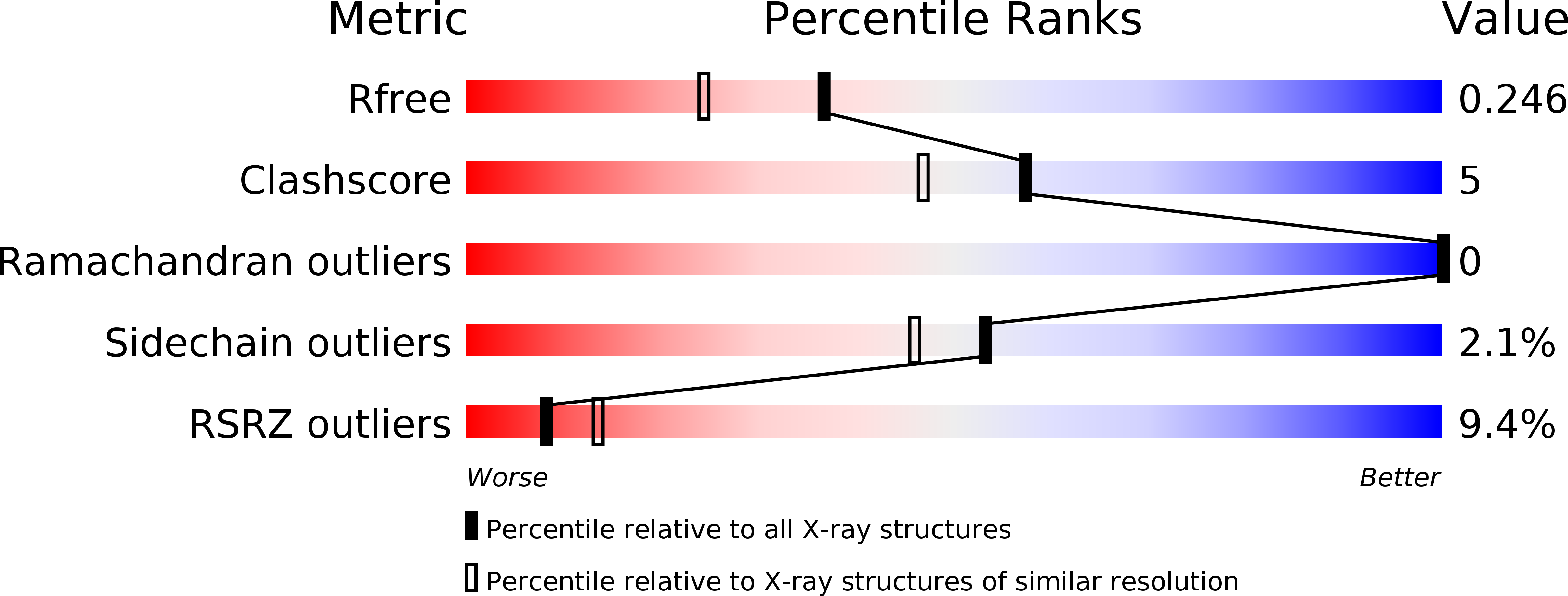
Deposition Date
2006-08-12
Release Date
2006-10-03
Last Version Date
2024-02-21
Entry Detail
PDB ID:
2I13
Keywords:
Title:
Aart, a six finger zinc finger designed to recognize ANN triplets
Biological Source:
Source Organism:
Mus musculus (Taxon ID: 10090)
Host Organism:
Method Details:
Experimental Method:
Resolution:
1.96 Å
R-Value Free:
0.24
R-Value Work:
0.20
R-Value Observed:
0.20
Space Group:
P 1


